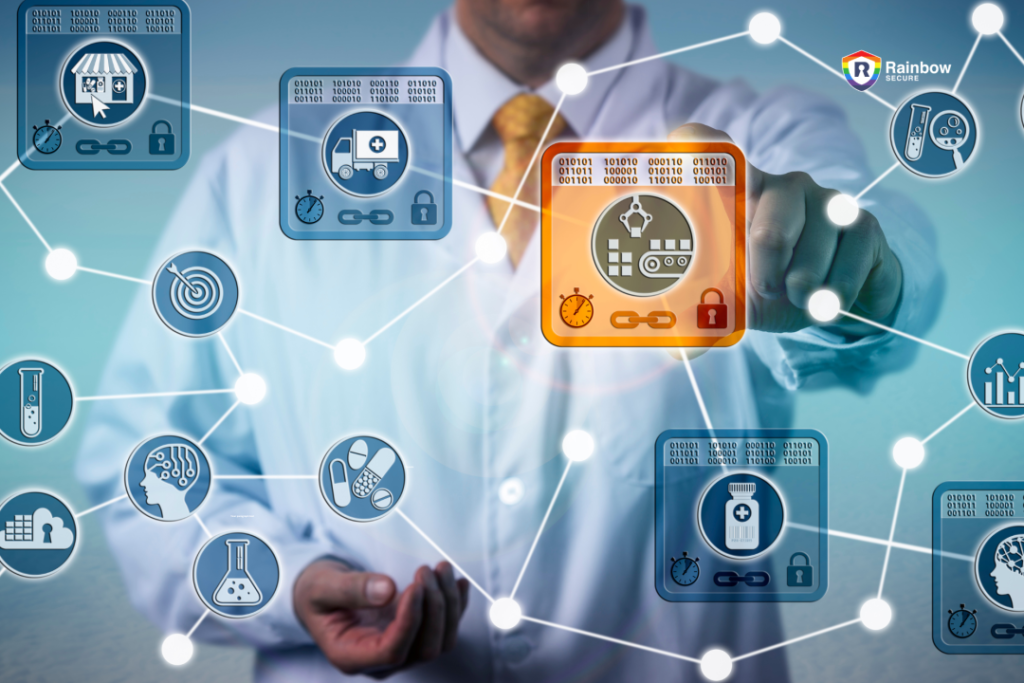
1: Understanding the Cyber Threat Landscape in Healthcare
The healthcare industry is increasingly targeted by cybercriminals due to the vast amounts of sensitive patient data it holds. This topic delves into the evolving cyber threat landscape facing pharmaceutical and healthcare organizations, including ransomware attacks, data breaches, and insider threats. It explores the motivations behind cyber attacks on healthcare data, such as financial gain, espionage, and disruption of services. Understanding the nature and scope of cyber threats is essential for developing effective cybersecurity strategies to protect pharmaceutical and healthcare data from potential breaches.
2: Regulatory Compliance and Data Protection Standards
Pharmaceutical and healthcare organizations are subject to stringent regulatory requirements and data protection standards to safeguard patient privacy and confidentiality. This topic examines key regulations such as the Health Insurance Portability and Accountability Act (HIPAA), the General Data Protection Regulation (GDPR), and the Health Information Technology for Economic and Clinical Health (HITECH) Act. It discusses the challenges of achieving compliance with these regulations and the importance of implementing robust security measures to protect sensitive patient data from unauthorized access and disclosure.
3: Securing Electronic Health Records (EHR) and Medical Devices
Electronic health records (EHR) and medical devices are prime targets for cyber attacks in the healthcare sector, posing significant risks to patient safety and data integrity. This topic explores strategies for securing EHR systems and medical devices, including encryption, access controls, and vulnerability management. It discusses the importance of implementing cybersecurity best practices throughout the lifecycle of EHR systems and medical devices, from design and development to deployment and maintenance. By prioritizing security measures, pharmaceutical and healthcare organizations can mitigate the risk of cyber threats and protect patient data from compromise.
4: Addressing Insider Threats and Employee Awareness
Insider threats, whether intentional or inadvertent, pose a significant cybersecurity risk to pharmaceutical and healthcare organizations. This topic examines the challenges of insider threats, including employee negligence, malicious insiders, and unintentional data breaches. It discusses the importance of implementing security awareness training programs to educate employees about cybersecurity best practices and the consequences of insider threats. Additionally, it explores strategies for monitoring user activities, detecting anomalous behavior, and enforcing least privilege access controls to mitigate the risk of insider incidents.
5: Leveraging Threat Intelligence and Incident Response
Proactive threat intelligence and incident response capabilities are critical for detecting and responding to cyber threats in real-time. This topic explores the role of threat intelligence in identifying emerging threats, vulnerabilities, and attack patterns targeting pharmaceutical and healthcare organizations. It discusses the importance of establishing incident response protocols, conducting tabletop exercises, and collaborating with industry partners and law enforcement agencies to effectively respond to cyber incidents. By leveraging threat intelligence and incident response capabilities, pharmaceutical and healthcare organizations can enhance their cybersecurity posture and minimize the impact of cyber attacks on patient data and operations.
6: Emerging Technologies and Trends in Healthcare Cybersecurity
The healthcare industry is embracing emerging technologies such as artificial intelligence (AI), machine learning (ML), and blockchain to enhance patient care and operational efficiency. However, these technologies also introduce new cybersecurity challenges and risks. This topic explores the potential of AI, ML, and blockchain in addressing cybersecurity challenges in pharmaceutical and healthcare organizations. It discusses the benefits and limitations of these technologies in detecting and mitigating cyber threats, improving data privacy and integrity, and enhancing regulatory compliance. By staying abreast of emerging technologies and trends, pharmaceutical and healthcare organizations can adapt their cybersecurity strategies to effectively protect patient data and ensure the continuity of care.

